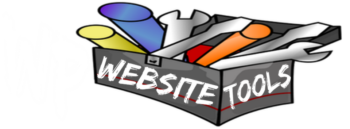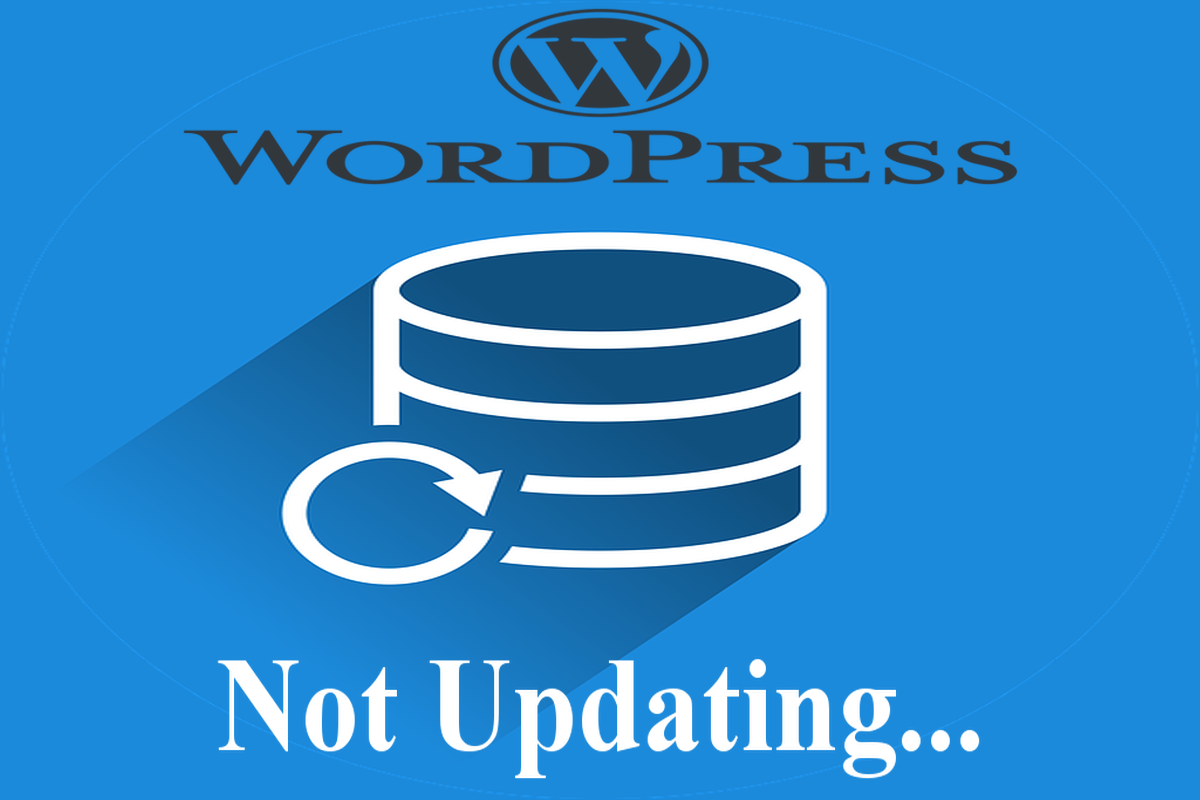Disclosure: This post contains affiliate links. I may receive compensation when you click on links to products in this post. For an explanation of my Advertising Policy, visit this page. Thanks for reading!
Why is my WordPress website not updating?
There could be several reasons why your WordPress website is not updating. Here are the 3 most common causes why your WordPress website is not updating, they include:
- Caching issues.
- Your current hosting provider does not have the latest version of PHP.
- Theme or plugin conflicts.
Starting with the most common cause why your WordPress website is not updating, it’s more than likely it is due to a caching issue.
The first step you should take is, of course, clearing your cache.
However, there may be other issues and reasons why your WordPress website is not updating.
For example, there could be more caching issues or something else.
In fact, there may be many other reasons why your WordPress website isn’t updating.
In this post, I will go over the most common reasons why your WordPress website is not updating and what you can do to fix them.
Caching issues.
If you are using any kind of Caching plugin, the files have a “time to life” (ttl) before your computer/network will fetch new files from the server. Disabling the caching plugin from the beginning should not set that “ttl”.
Many times, simply clearing your WordPress cache, whether that’s the default built-in cache in your WordPress dashboard or a Caching plugin, then updating again will fix the issue.
You may need to clear your browser’s cache if you are on your laptop or desktop.
Sometimes updates won’t show if your older version of WordPress is still cached in your computer’s browser.
Same holds true for your mobile device’s cache, which I will go into below.
There also may be other hidden and not so obvious areas of caching you should check as well, like:
Cloudflare and Plugins caching.
Are you running Cloudflare? Does your server have its own caching? Do any of your plugins have a caching feature?
Plugins for example can cache user browser data, which will save resources on your server, so it doesn’t have to retrieve every bit of information from your server to the users browser.
Though this helps increase page load speeds, sometimes what can happen is your WordPress plugin can cache changes, then Cloudflare also has a cached version.
So, you flush the Cloudflare cache and it will just end up grabbing the cached files from the plugin, so nothing ever gets cleared. It could even be the Cloudflare Flexible SSL plugin.
Mobile Provider or your own Cell Phone’s caching.
Mobile providers sometimes stick transparent caching servers and/or image optimization servers between their mobile customers and the internet.
These sometimes don’t correctly pick up on changes made to websites including core WordPress updates.
Sometimes simply waiting a couple of hours can do the trick.
However, if you’re still having problems, try mobile on wifi vs mobile over cellular.
That’ll tell you if it’s something to do with how your site behaves on mobile or if it’s something to do with your mobile network (or even your phone itself, so if you can, try using a second phone if you can).
If it’s your cell phone, then simply clear its cache in settings.
If it’s your cell phone provider, simply again, waiting a few hours will likely do the trick.
If not then you can always contact your mobile provider for further assistance.
Your Web Hosting Provider’s caching.
Your hosting may have some caching beyond what you normally have access to.
I know that Godaddy WordPress Managed Hosting for example, has caching.
So even if you don’t have a caching plugin installed on your site, the hosting may do it anyway. So look into it, maybe ask your hosting provider’s support about it.
Sometimes you may get an automated “WordPress update has failed to complete – please attempt the update again now“.
This error happens when the WordPress core, a plugin or a theme update has failed.
Even if you resolve the main issue, if this error keeps showing up, this means that your website is possibly stuck in maintenance mode.
You may need to remove the .maintenance file from your server and disable the maintenance mode from your site.
You can simply login to your cPanel and remove the .maintenance file in the main directory yourself.
However, If you don’t want to mess around with your site’s files (I don’t blame you) you can contact your Web Host’s support for assistance.
You may also need to make sure you have enabled the WordPress Auto Update in your WordPress dashboard.
If your WordPress core is still failing to update you may have to either use the Auto One-click Update or Manually update WordPress. (See next section).
Updating WordPress.
WARNING: Updating WordPress will affect all files and folders included in the main WordPress installation. This includes all the core files used to run WordPress.
Please note: If you have made any modifications to those files, your changes will be lost. So make sure you always make a backup of all your files before updating.
You should always update WordPress to the latest version.
When a new version of WordPress is available you will receive an update message in your WordPress Admin Screens. “To update WordPress, click the link in this message.”
There are two methods for updating. The easiest is the one-click update, which will work for most people. If it doesn’t work, or you just prefer to be more hands-on, you can follow the manual updating process. Links to doing both are below.
Updating WordPress (Auto One-click Update).
Check if Auto Updates works on your WordPress dashboard. Simply visit Dashboard → Updates and click “Update Now.”
However, If the Auto Update button, “One-click Update” doesn’t seem to work when you click the “Update Now” button in your WordPress Dashboard or if your server does not auto update, then try manually updating it.
Manually Updating WordPress.
You can manually update your WordPress core to its latest version by downloading WordPress again and unzipping it.
Access your server via SFTP or FTP, or a file manager in your hosting account’s control panel or cPanel, (consult your hosting provider’s documentation for specifics on these), and delete.
Then replace your copies of everything on the server except the wp-config.php file and the /wp-content/ directory with fresh copies from the download.
This will effectively replace all of your core files without damaging your content and settings. Please read the Manual Updating directions first.
*Always make a Backup of your site.*
Backup: If you haven’t already done so, always backup everything (including your database) before doing any actions, just in case something really goes wrong. You can never have enough backups!
PHP Version.
It may be possible that your current Web Host does not have the latest version of PHP on their servers. This is more common than you think. Especially with some of the big name Web Hosting Providers and on Shared Hosting plans.
So you need to check to see if they are running the latest version of PHP available.
The easiest way you can do this, if you have a Shared Hosting account is go into your cPanel under the “MultiPHP Manager” section, or the related PHP section in your Web Hosting account’s dashboard, then go to “PHP selector”.
It will tell you what the latest version of PHP is running on your WordPress website.
However, you should note that even if your version of PHP is not the latest version of PHP that may not be the reason why WordPress’s core isn’t updating, but it’s a possibility.
Check WordPress.org and see which versions of PHP are compatible with their latest version of WordPress.
If your Web Hosting Provider is not running the appropriate PHP version for the latest version of WordPress, you can go back to the previous version of WordPress with this plugin, “WP Downgrade”.
Then contact your Web Hosting Provider and see when they are going to install the latest version of PHP on their servers.
If they do not plan on updating their version of PHP for the latest version of WordPress, then you would be best advised to change web hosts.
Please note: Although it’s not dangerous to run a previous version of WordPress temporarily, you should always have the latest version of WordPress running on your website.
Theme or Plugin conflicts.
If your WordPress site isn’t updating this may be a plugin or theme conflict. Try to disable all your plugins, and use one of the default (Twenty*) themes.
If the problem goes away, enable your plugins one by one, then your theme to identify the source of your troubles.
Disabling and re-enabling all your plugins may actually solve the problem and allow you to then do the update from your WordPress dashboard.
Install the “Health Check” plugin.
Install the plugins “Health Check & Troubleshooting” On the troubleshooting tab, you can click the button to disable all plugins and change the theme for you. All while you’re still logged in, without affecting normal visitors to your site.
WordPress not updating issues and fixes, summary.
Most times the causes of WordPress not updating can be cache related issues.
Most of these can be easily solved by simply clearing the cache in your WordPress dashboard or any caching plugins you have installed. Then try updating again.
Additionally, I have given you some other possible issues of why your WordPress website isn’t updating.
I have also given you some ways that you can fix those issues so that you can update and run the latest version of WordPress on your WordPress website.
Remember, you should always have the latest version of WordPress running on your website.


